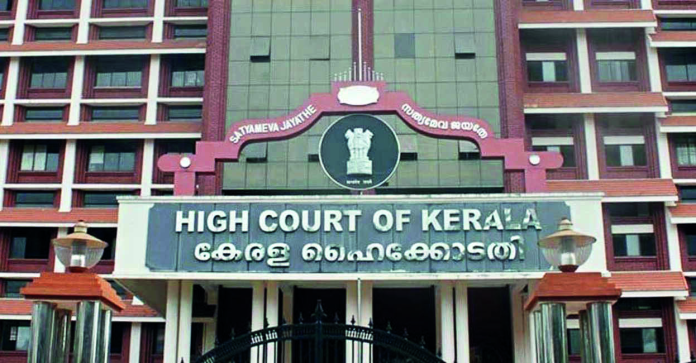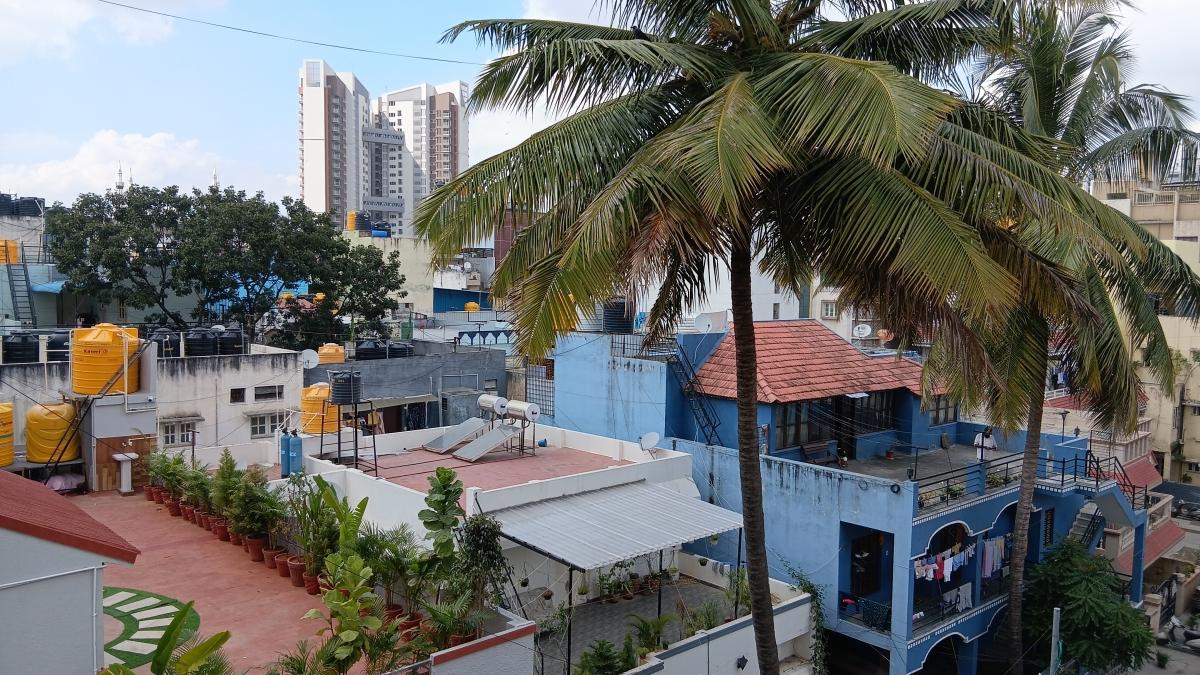Currently, around 60 per cent of graduates in India are seeking better job opportunities by moving from tier-II and tier-III cities to tier-I cities. To tackle the employment challenges faced by the youth belonging to these cities, Vertex Global Services will expand in these regions through focused recruitment initiatives of language experts. The world’s 19th most innovative and fastest-growing Business Process Management (BPM) player, Vertex Global Services has announced an ambitious plan to recruit 4000 language experts from India’s Tier II and Tier III cities over the next three to five years. Times Square’s headquartered firm is one of the few companies providing language proficiency in over 40 languages to its clients for unmatched customer experiences across the globe. The language proficiency in international languages encompasses English, French, Japanese, Korean, Russian, Bahasa, Vietnamese, Thai, Italian, Arabic, Khmer, Lao, Mongolian, Uzbek, Spanish, Tajiki, Turkmen, Mauritian Creole, Hebrew, Polish, Swahili, Amharic, Somali, Burmese, Mandarin, Cantonese, and more.
In addition, regional languages include Assamese, Bengali, Dogri, Gujarati, Hindi, Kannada, Kashmiri, Konkani, Malayalam, Manipuri, Marathi, Nepali, Odia, Punjabi, Sanskrit, Sindhi, Tamil, Telugu, Urdu, and others. This diverse range of languages presents significant career opportunities for India’s youth.
Supporting Prime Minister Modi’s vision of “Local to Global,” the company’s linguistic diversity positions it as a valuable partner in navigating the complexities of new-age startups and global brands. Through this recruitment initiative, the company aims to empower the youth of India from Tier I and Tier II cities with futuristic job opportunities while nurturing the rich pool of skills and potential found outside metropolitan areas.
Currently, there is a significant demand for language experts among new-age startups to enhance customer experiences. Many youth in India face limited employment opportunities due to language barriers, which restrict their career options. By fostering local employment opportunities, the company is committed to uplifting language experts and contributing to the country’s economic growth. With a focus on bridging language barriers for improved customer experiences, the company has aggressive plans to expand its international and regional language portfolio in India.
Vertex Global Services is making significant strides in the global market with operations in the United States, the United Kingdom, Nigeria, Nepal, the Philippines, UAE, and India. With a talented workforce, Vertex Group caters to numerous businesses and international brands across these diverse regions. The company provides a platform for the youth of India to learn diverse languages and work from their home country for global opportunities, reducing the need to relocate abroad. For example, those learning Spanish can work with Spanish-speaking clients without moving to Spain, thanks to Vertex’s innovative initiatives.
Gagan Arora, Founder & CEO of Vertex Global Services said, “The ongoing growth of the IT and BPM sectors in tier-II and tier-III cities highlights a promising opportunity for development and innovation. These cities are on the brink of becoming vital hubs for these industries. Companies are increasingly recognising the advantages of establishing a presence in these cities, where they can tap into fresh talent, the breeding grounds for innovation, and benefit from cost-effective operations, and robust infrastructure. By investing in these hubs, we can not only create a wealth of job opportunities for local youth but also contribute to the overall economic growth and development of these cities, fostering a cycle of progress and prosperity.”
Vertex Global Services is ranked 19th among the top 50 most innovative companies and has been rated as the Best Place to Work for three consecutive years. Vertex offers a diverse portfolio of critical functions, including managed services and omnichannel customer support, technology solutions, exhibitions and conferences, performance marketing, and tailored solutions that enhance operational efficiency and foster lasting customer relationships. The business verticals include Vertex Global Services, Vertex Next, ILC Solutions, Vertex Learning, and Vertex Technologies. Vertex is dedicated to creating value and shared success for its customers, employees, shareholders, partners, and communities.






























